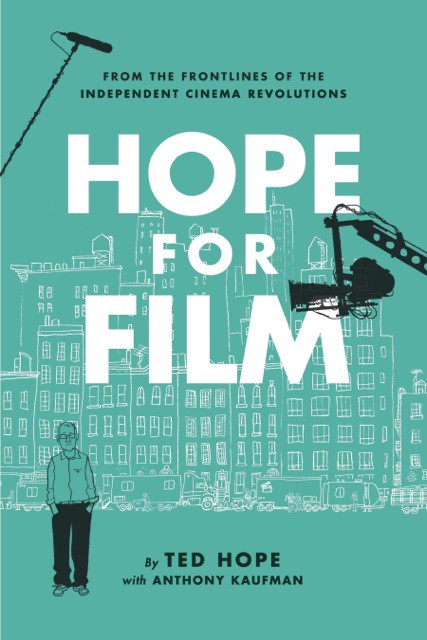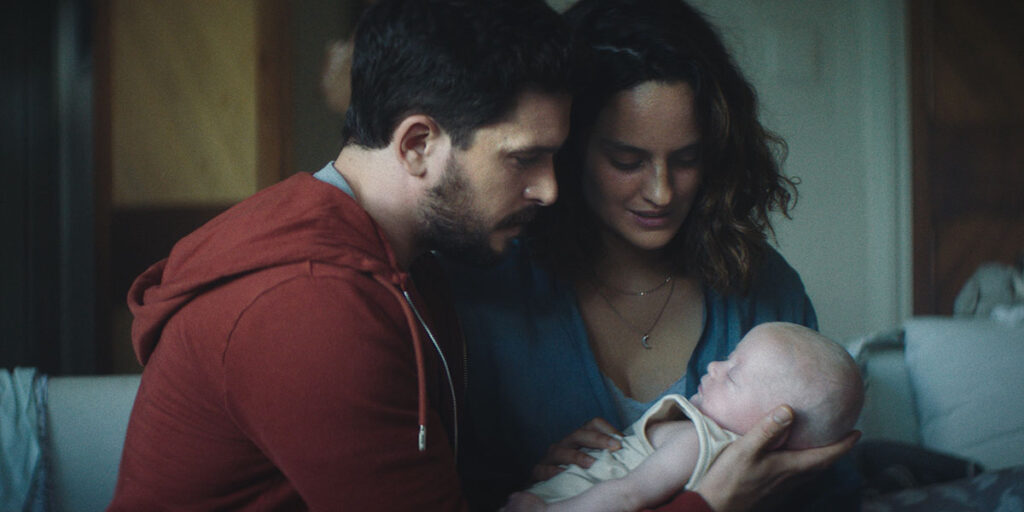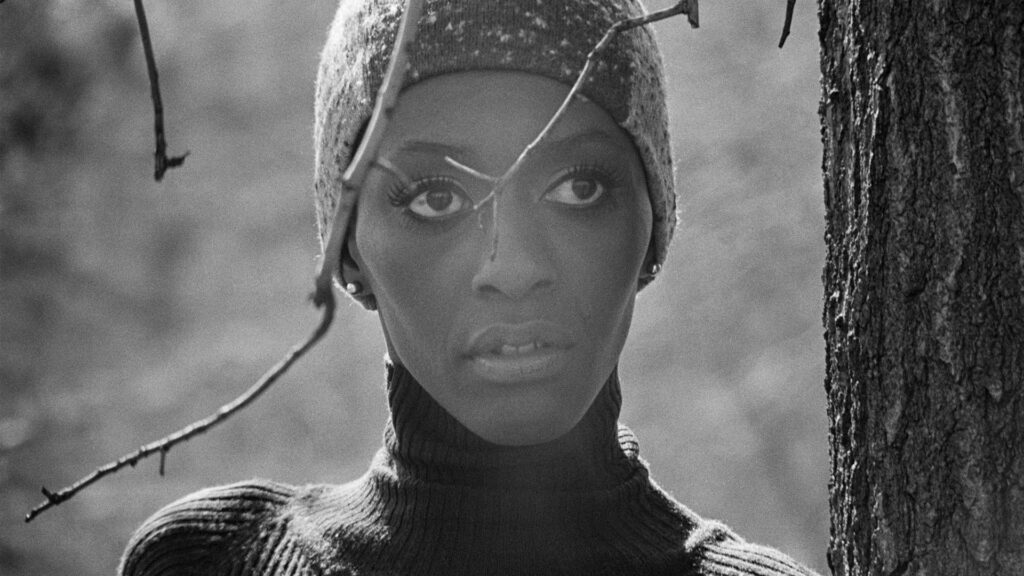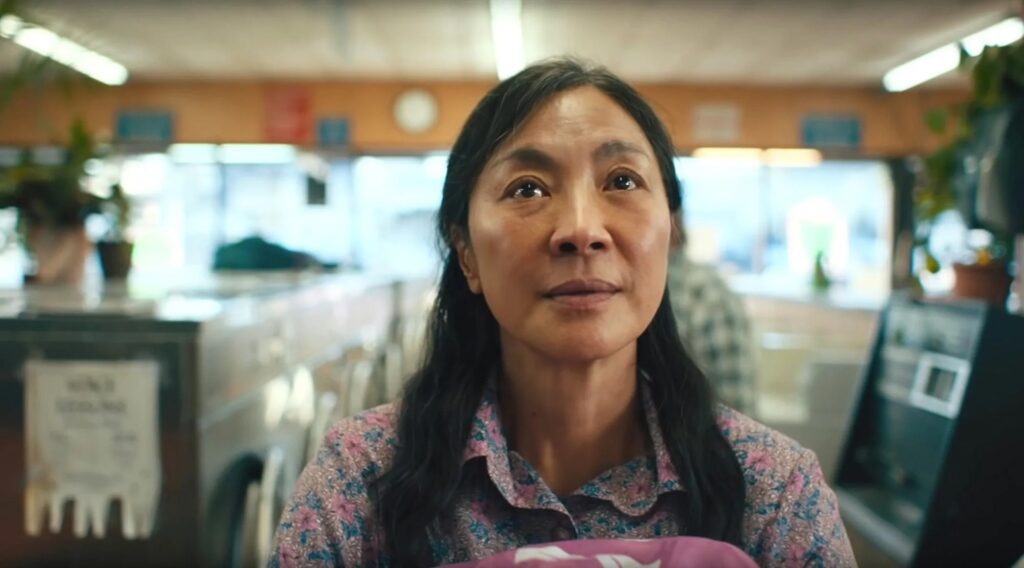The following is an excerpt from independent film producer Ted Hope’s new book Hope for Film, which was published August 5, 2014.
Nicole Holofcener always
made it clear to me that she would not destroy her life to make her debut
feature, Walking and Talking.
“There’s no way you can
get this movie made in twenty-five days and not work fifteen hours a day,” I
told her.
But she went back to her
cinematographer, Michael Spiller, and they came up with a list of shots for the
entire film, designing a visual style that would also keep the days at a sane
length of around twelve hours. Not every day turned out to be that short, but
you could see the planning that went into it. Originally, I saw it as a
weakness. I thought, “We’re not maximizing our schedule.” But Nicole planned
out exactly what she wanted and how she would communicate it. She could see the
bigger picture, what was best for her team and, ultimately, for her and her
film.
Sometimes, while making
movies, finishing movies, or selling movies, people find it very easy to focus
on the details and lose sight of what’s more important.
I first learned about
Nicole through Mary Weisgerber, who was a location manager and a friend of
mine. Mary had given me Nicole’s student film, an acclaimed short called It’s
Richard I Love. It was a neurotic love story, starring Cynthia Nixon (later
from Sex and the City) and Keith Gordon (who became a director in his
own right). I was coming off my second production with director Hal Hartley,
and although he and I had made two movies in two years (Simple Men and Trust),
I was not yet able to support myself just producing, so I had to find a few
more directors damn quick if I was going to survive as a producer.
Nicole, however, did not
have an agent yet, and I had Mary, who, as I said, introduced us. I met with
Nicole on a sweltering day in New York City, where I had just come from my
first meeting with an agent at William Morris, so I was wearing a tie for the
first time since high school. The heat was uncomfortable, and the tie made me
even more so, but I think the “professional look” impressed Nicole somehow, or
at least camouflaged my own nervousness at meeting a new director.
Nicole had just completed
a first draft of Walking and Talking the day before. I thought the
script was absolutely perfect for me to produce. It was set close to where I
lived. It was a character-focused, situation-based, dialogue-driven humanist
film that was informed by the best of independent cinema — from Woody Allen to
Eric Rohmer to television. It had a joke every five lines, was told from a
woman’s perspective, and was about female friends — something that remains
underserved in cinema to this day. We would also be able to draw on the
incredible pool of actors living in New York at that time — people who could
deliver both freshness and familiarity. We didn’t need stars. We ended up
casting Catherine Keener, Anne Heche, and Liev Schrieber, all of whom, of
course, would later become far more recognizable names.
Walking and Talking was also a story about
young adulthood. Because I was then in my twenties, I identified with the
characters in the story. It celebrated and captured what we were living and
what we loved. As much as independent film in the 1990s was about delivering
stories to underserved audiences — based on race, gender, sexual orientation,
class, and creed — there was another great underserved audience: mainstream young
adults, who were only being served idealized representations of themselves.
Hollywood was not focusing on the everyday, middle-class existence of most
young adults, the small moments, like when your cat dies or you are losing your
best friend. This kind of story hadn’t played out in mainstream movies very
regularly. And this was Nicole’s specialty.
So we developed the
script, which meant constant rewriting — she went through approximately
twenty-five drafts. And the work I did with Nicole on the Walking and
Talking script would set the template for my standard development process
with dozens of filmmakers later. In large part, it starts with a series of
questions: How do you find the theme? What do you want the big takeaway from
the movie to be for the audience? What do you want them to remember
intellectually, and what do you want them to feel emotionally? At a certain
point, Nicole came up with this image in her mind: The character Amelia (played
in the film by Keener) is holding her friend Laura (played by Heche), who is
getting married and starting a new way of life, afloat in the water. That, to
me, was a baptismal moment of surrender and passage. It was about loving
someone so much that you let her go. And that was the big takeaway of the movie
in a single visual and heartfelt instant.
But it was a process to
get there. Once we found this telling scene, and once the theme of love as loss
emerged, we had to make sure that the theme emerged elsewhere in the script.
After we were sure that the script captured the theme, we wanted to look back
at the characters to see how the idea was reflected in their identities and
internal conflicts. Then we looked at how the notion was revealed in the
relationships between the characters. Expanding further, we asked how this idea
exists in the world of the film, in general. The script for Walking and
Talking answered all those questions. And it felt natural and organic, and
funny and emotionally true.
Walking and Talking became Good Machine’s
first project when we incorporated in December 1989, though we had gotten other
movies in production sooner. (Some months later, on a single day, we were
shooting three films, Dani Levy’s I Was on Mars, Ang Lee’s Pushing
Hands, and Hal Hartley’s Ambition.)
We decided that we needed
to make another short to raise industry awareness for Walking and Talking,
because It’s Richard I Love was getting old. So Nicole wrote a
five-minute film called Angry, which was originally titled something
more accurate like Mom, I Am Breaking Up with You. We shot it in two
days: I was the producer, the first assistant director, as well as the caterer,
and I made a frittata with sausage and peppers to boost morale on the set. If
everyone sees that the producer is so dedicated that he’s serving the food, the
crew is more likely to put their heart and soul into it, too. As we had hoped, Angry
got into Sundance, where we planned to use it to promote the feature script
we hoped to make the following year.
But Nicole can actually
thank Hal Hartley — not Sundance — for helping her get the film made. Hartley’s Simple
Men was headed to the prestigious competition section at Cannes, and I
learned that Dorothy Berwin, who headed up business affairs for Zenith, the
company that helped finance both that movie and Hartley’s Trust, wanted
to get a movie going herself. I
told her the story of Walking and Talking, of two female friends and
their fears that one woman’s marriage will break up their friendship. Dorothy
recognized a universal story, one that was messy and funny and unafraid to say
how things were. It would be a perfect project for her to launch her own
producing career.
Even before I got back
from Cannes, I called and asked one of our assistants to put all 120 pages in
an envelope and send it overseas — this was before the Internet. I was always
cutting costs and the fact I was willing to call overseas indicated how urgent
I thought it all was. A couple weeks later, Dorothy called and said she loved
it, especially the scene with the cat suicide. Midway through the film, the
main character’s cat, which appeared mopey all along, jumps out a window. As
far as I was concerned, the scene didn’t advance the story and it didn’t reveal
the character, and I had actually convinced Nicole to cut the cat-suicide
scene a few drafts before. Turns out the assistant had sent the wrong draft, so
Walking and Talking ended up getting financed because of a scene that
had been cut out of the script! It is the sort of beautiful mistake that you’ve
got to love and embrace when it comes. Nicole’s patience, loyalty, and
commitment paid off — we received a million dollars, and we got to make our
movie.
Ted Hope is one of the most respected voices in independent film. As the creator, editor and regular contributor to HopeForFilm.com blog, Hope provides a must-read forum for discussion and engagement about the critical issues faced by filmmakers, artists, and the film industry in today’s global, market-driven economy. A true expert in the field, a survey of his 65 plus films includes many highlights and breakthroughs in independent cinema, including Ang Lee’s “The Ice Storm, “ Shari Springer Berman and Robert Pulcini’s “American Splendor, “ Alejandro Gonzalez Inarritu’s “21 Grams, “ Todd Solondz’s “Happiness,” Sean Durkin’s “Martha Marcy May Marlene,” and Greg Mottola’s “Adventureland, “ amongst many others. In 1990 he cofounded with James Schamus the production and sales powerhouse Good Machine, which was sold to Universal in 2002. In September 2012, Hope left a lifetime in New York City to take leadership of the San Francisco Film Society as Executive Director, where he is providing a launchpad for film lovers and filmmakers to participate in the broadest definition of cinema by creating innovative programs for the creation, appreciation and monetization of the art form.







